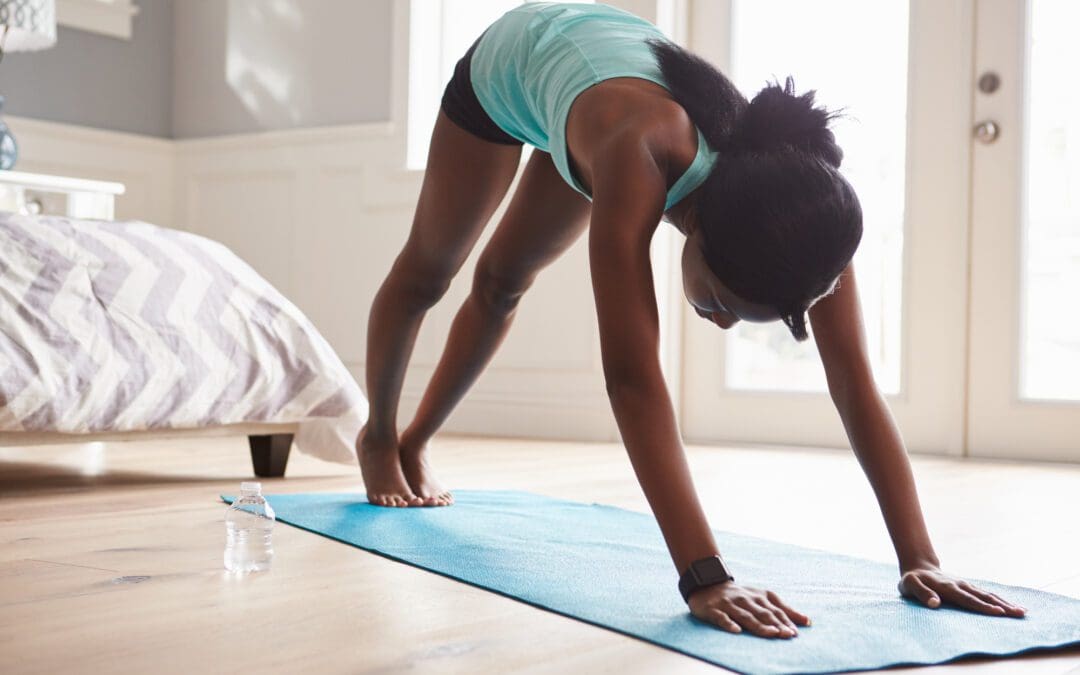Hobbies are incredibly important for your health and your quality of life. They reduce your stress levels and fight off anxiety and depression by allowing your brain to focus on something you enjoy. You can use hobbies to connect with others, get outside, and get exercise. The best part is that almost any activity counts as a hobby. Think about what you enjoy doing in your spare time, from playing with your dog to performing with a local theatre troupe. Regardless of your time commitment and expertise, you can take on any hobby that excites you.
Unfortunately, hobbies also come with a wide variety of potential injuries. You could fall and twist your ankle when hiking or could develop hand cramps from sketching too often. Your hobbies can also worsen existing injuries. If you were recently in a rear-end car accident or pedestrian accident, you could still be recovering from whiplash, a back injury, or a concussion. Even low-impact hobbies like painting and reading can exacerbate injuries because of poor posture that puts pressure on your back.
While an injury can cause new obstacles to participating in and enjoying your hobby, you don’t have to give up your favorite activities. Instead, adjust your approach to enjoy your hobbies in a healthy way. Use this guide to learn how to continue your favorite hobbies after an accident.
1. Set Hard Limits for Yourself
Knowing your limits is an important part of any hobby, but is essential if you have an injury. Evaluate each hobby and consider the potential limits involved. For example, if you enjoy hiking, set distance limits for yourself. That way you don’t reach the fifth mile on a 10-mile trek before realizing you don’t have the energy to walk back. Other limits include the amount of time spent on tasks and the intensity of the hobby.
It is better to set smaller limits after an injury even if you think you are being too conservative. You might think you can easily accomplish a one-mile hike only to discover that it is exactly the intensity and length you need. Once you can achieve these limits easily, extend them a little bit at a time until you are back to your full performance ability.
2. Stick to a Schedule
Maintaining a healthy schedule can help you enjoy your favorite hobbies while also keeping you alert at work and in other parts of your life. A schedule can prevent you from overexerting yourself, which could lead to fatigue throughout the day.
Follow the CDC guidelines for good sleep hygiene, as well as its recommendations for diet and exercise. By reducing stress in other parts of your life by sticking to a schedule, you can find the emotional energy to pursue your favorite hobbies.
3. Find Ways To Make Yourself More Comfortable
Evaluate ways to make yourself more comfortable when participating in your favorite hobbies. For example, if you enjoy painting, invest in ergonomic seating and cushions that can make sitting in front of an easel more enjoyable. Look for extra padding on your bicycle seat, hiking boots that provide the right support, and even knitting needles that are gentler on your hands.
Not only will these steps make your hobbies more enjoyable, but they will also make them safer. Pain and discomfort when riding a bicycle or motorcycle can make you distracted and potentially lead to an accident. Even if you overlook short-term pain with a hobby, you could cause long-term damage to your body.
Test out different accommodations by trial and error or by consulting with your doctor. Find what works for you so you can enjoy your favorite activities comfortably.
4. Look for Helpful Tools
Reach out to local hobby groups and supply stores to learn about appliances that will make your favorite activities more comfortable. For example, instead of carrying your art supplies and bulky drawing pads everywhere, you can invest in a rolling art kit. You could also explore digital art creation which could be easier on your hands and open a new medium for you to explore.
Depending on your needs, you should be able to discover a variety of manual and mechanical options. That can make your hobby more enjoyable. Even small tools like a mechanical pencil sharpener can have a big impact on your workflow.
5. Reevaluate Your Space
Consider where you approach your hobby and how the space impacts your safety and comfort. For example, if you are hunched over the kitchen table, you could put pressure on your back. If you cycle on bumpy roads, you could feel pain after your ride is complete.
You have multiple options to adjust your space. Update part of your home to create a dedicated hobby space or look into maker spaces, art studios, private gyms, and other public areas for rent. A professional art studio might have more accommodations for your injury while also allowing you to connect with other creatives.
6. Make Time for Breaks
The human body was not made to be in the same position for hours on end. This is why experts recommend moving from your desk every 30 to 60 minutes. As you practice your favorite hobby, step away from the activity to move around, relax, and focus on something else. This also applies to active hobbies like dancing, weight lifting, and walking. Your body needs to rest — and you likely need to hydrate — before you can continue.
If you easily get consumed by your hobby, plan for breaks. Set a timer that alerts you when it is time to stop what you are doing. This way you can completely immerse yourself in the activity without having to keep an eye on the clock or risk skipping over your break time later.
7. Focus on What You Enjoy
There are parts of a hobby that are fun and parts that are less enjoyable. Sometimes, these less enjoyable parts — like washing salt water off your fishing gear so it doesn’t rust — are essential for continuing the hobby. Focus on the fun parts of your hobby. Focusing on having fun will prevent burnout in the long run.
Also, you don’t have to turn your hobby into a business. Too often, crafters and other hobbyists fall out of love with what they do when they decide to monetize it. There’s too much pressure and not enough fun. It’s OK to do what you love without making money.
8. Join a Community
Even if you can’t participate in your favorite hobby fully because of an injury, you could still join communities to connect with people of similar interests. These groups can boost your mental health by helping you make friends and share your interests — including tips to make your hobby more fun, comfortable, or accessible.
There are multiple ways to find these communities. Check out online forums to grow virtual connections or visit your local hobby store or community center. You might be able to find free or affordable social groups in your area that are built around your hobby.
9. Consult a Therapist
If your life has been disrupted because of an injury, talk to a therapist. They can help you process the emotions that come with not being able to work, play, and relax like you used to. A therapist can also help you approach your hobby in a way that supports your health and well-being so you don’t become consumed by this particular activity.
10. Consult a Doctor
Regardless of the types of hobbies you have, talk to your doctor about your injury before you resume your favorite activities. They can make sure that you are healthy enough to participate in them or they can offer accommodations or alternative options that you might enjoy.
In most cases, you don’t have to give up a hobby completely because of an injury. However, if you are prevented from doing your favorite activities because of an injury, you might qualify for financial assistance to help you through the recovery process. Don’t give up doing what you love after an accident. Learn more about your car accident settlement options so you receive the compensation you need to continue your top hobbies.


